chuasam
Been spending a lot of time on here!
- Joined
- Feb 9, 2012
- Messages
- 3,588
- Reaction score
- 928
- Can others edit my Photos
- Photos NOT OK to edit
I use the Nikon 105mm f/1.4
I typically do my portraits at f/2.0 - f/3.2
I see what you mean about the background but I do headshots...basically product shots of people.
I typically do my portraits at f/2.0 - f/3.2
I see what you mean about the background but I do headshots...basically product shots of people.


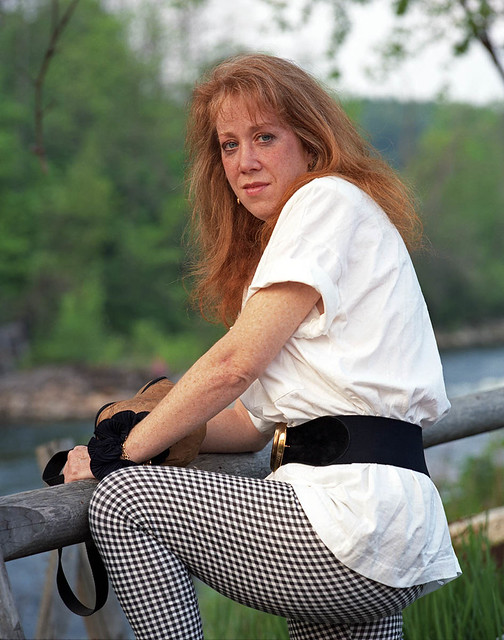
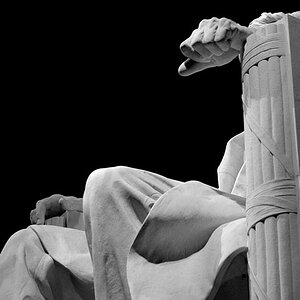
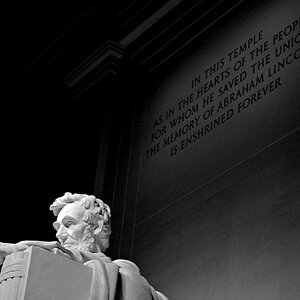
![[No title]](/data/xfmg/thumbnail/32/32696-92b490fbf42036986e97d5e60ff2b35e.jpg?1619735599)
![[No title]](/data/xfmg/thumbnail/35/35263-86f580cf5d28d23109a45984030a79ad.jpg?1619736968)


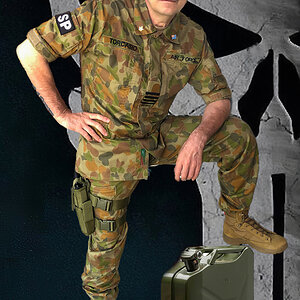

![[No title]](/data/xfmg/thumbnail/32/32698-38e2346942223e17b43fb958f66064c1.jpg?1619735601)
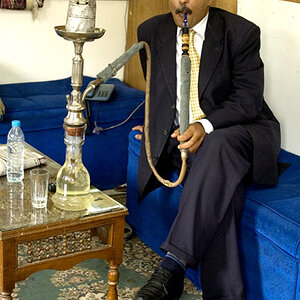
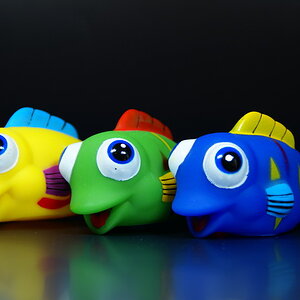
![[No title]](/data/xfmg/thumbnail/35/35667-929554d4a99c11e00cc6fb65672d03e0.jpg?1619737090)